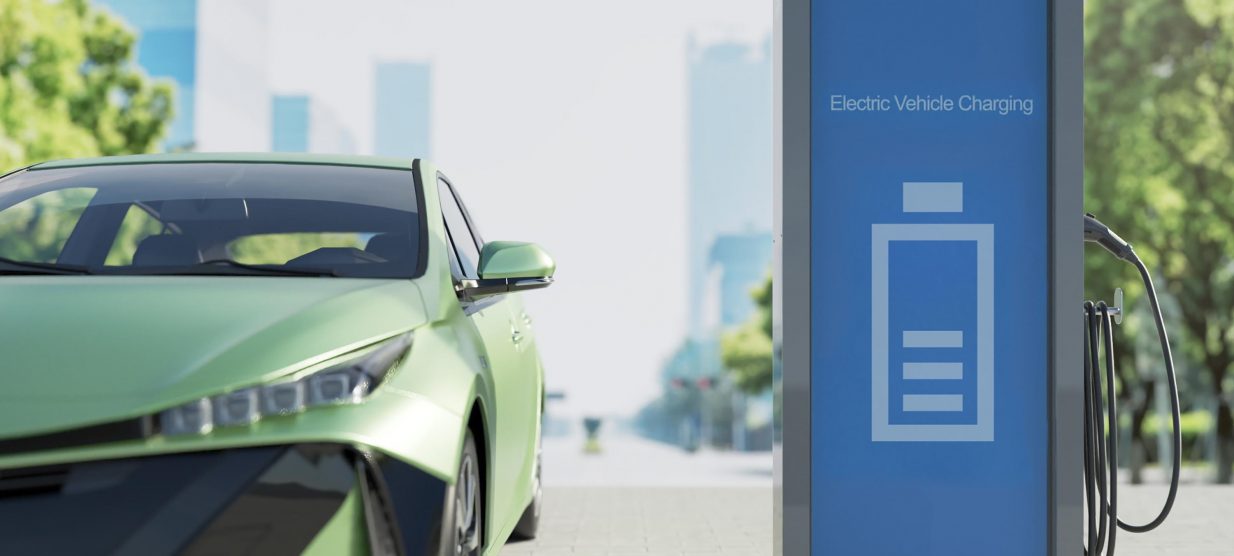Hungary’s Electromobility Overview – DBH InnoHub
FIER Sustainable Mobility and DBH InnoHub are now publishing the Hungarian Electromobility Index on a monthly basis, providing a transparent summary of the domestic electromobility market. Our aim is to offer a clear picture of the state of electromobility in Hungary, its current trends, and insights for both professionals and the general public.
The index includes data on the development of the Hungarian electric vehicle fleet, the 5 most popular models in a given month, the development of the recharging infrastructure, and information about the prices of major charging point operators and e-mobility service providers. Additionally, the report presents the distribution of publicly available recharging points in Hungary by power category. This is especially relevant considering the recently adopted Alternative Fuels Infrastructure Regulation (AFIR) by the EU. AFIR stipulates that recharging stations should be installed along the Trans-European Transport Network (TEN-T) every 60 kilometres. Additionally, the total available energy output must be increased with the number of newly registered BEVs and PHEVs on the road. More precisely, for each Battery Electric Vehicle (BEV) put into circulation, the total power output of the recharging network should increase by 1.3 kW.
Hungary currently exceeds the AFIR regulation’s minimum criteria by 150%, ranking 25th among EU countries, ahead of Ireland and Malta. The Hungarian Government has recently pledged to invest approximately 30 billion Hungarian forints in the installation of 170 high-performance electric charging stations. This significant investment is an addition to the existing approximately 3,200 publicly available charging points. Furthermore, the Government has initiated a purchase subsidy program for BEVs, also with a budget of 30 billion Hungarian forints. Why is this relevant for public infrastructure? Assuming a common public contribution of 4,000 euros, or about 1.5 million Hungarian forints, the 30-billion-forint budget would be sufficient for around 20,000 100% electric vehicles (BEVs). For each vehicle, 1.3 kW, totalling 26,000 kW of available public total power expansion should be considered. If we aim to achieve this with 100 kW fast chargers, approximately 260 charging stations would need to be installed across the country. Assuming an average of 2 charging points per station, this means that alongside the approximately 20,000 new electric vehicles brought into circulation with the subsidy, 130 new high-performance charging stations would need to be installed in Hungary. In this light, the installation of 170 announced charging stations would exceed the minimum requirements of the charging infrastructure by 30%, ultimately improving Hungary’s current AFIR compliance rate of 150%. However, if we consider recharging stations with an average power output greater than 350 kW, the improvement would be even more significant. Based on the current distribution of fast charging stations in Hungary, we should expect the installation of 214 fast DC, 80 level 1 ultrarapid DC, and 46 level 2 ultrarapid recharging points.
It is evident that there is still much work to be done for Hungary to catch up to the European forefront in public charging infrastructure. While in Hungary, there is an average power output of 2.3 kW per electric vehicle, Austria, for instance, offers over double that amount at 4.7 kW. Therefore, it is essential to focus on improving recharging infrastructure in addition to supporting BEV purchases.
The steps taken in sustainable mobility shape the future for all of us!
Sources: EAFO, Eco-Movement, Ministry of Interior, MEKH.
Created by: Máté Csukás és Ágoston Molnár (FIER Sustainable Mobility&DBH InnoHub)
Cover: freepic.com

Do not hesitate to contact us
Get in touch, if you have any question


